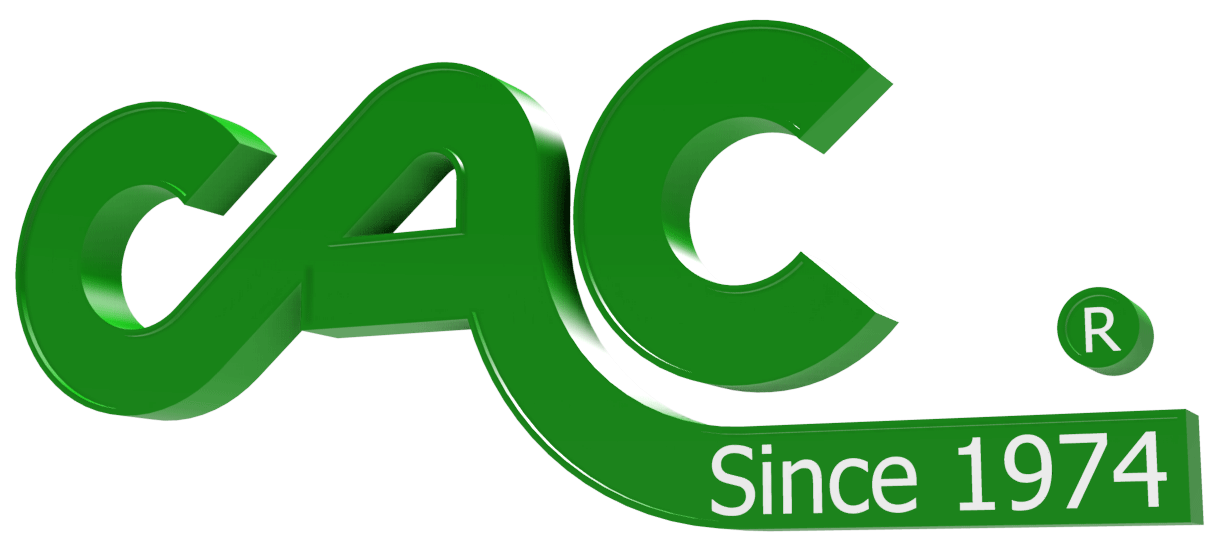Most of the time nip rolls are used to separate tension zones. | |
|
Nip rolls generally consist of two rollers that are "loaded" together. Often times at least one roller is rubber covered or coated with a high traction coating. Nip rolls used to divorce tension zones in a converting machine are driven. As the rollers in the assembly rotate, the web is "squeezed" between them with at least enough force so the web cannot slip between the rollers. This is the most common method of web handling and separating tension zones in converting operations. However, in some instances, certain webs cannot be nipped. For whatever reason, the properties of the web or process prevent the possibility of squeezing the web between two rollers. S-Wrap feed roll assemblies are a good option where you need to divorce tension zones but cannot nip the web. S-Wrap feed roll assemblies generally consist of 3 rollers mounted in a framework. These rollers must be rubber covered or coated with high traction material. Wrap angle of the web around all three rollers must be great. The more the wrap, the better this assembly will operate. The web must stay in traction with all 3 rollers and must not be allowed to slip around any roll face. Proper design for this assembly dictates that all three rollers be driven with a belted common drive. Proper design and integration of an S-Wrap assembly allow you to control your web and divorce tension zones without the use of a nip roll assembly. | |
|
**DISCLAIMER - A great deal of time has been invested in the development of our weekly tech tips. To the best of our knowledge, they are accurate. It is up to the user to verify all results. THE AUTHOR ASSUMES NO LIABILITY CONNECTED WITH THE USE OF THIS INFORMATION OR THE RESULTS OBTAINED FROM IT. | |






